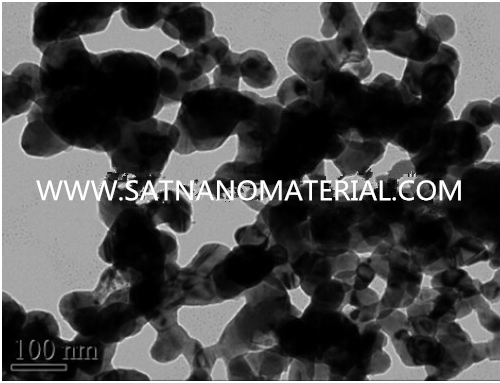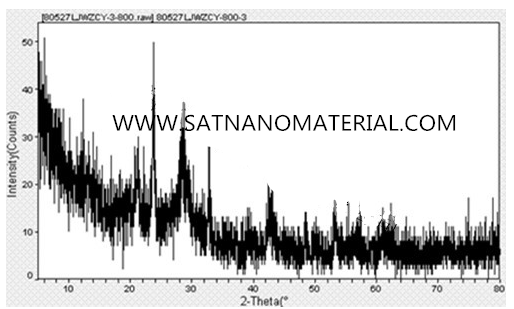Specification of bismuth oxide nanopowder:
|
Part No.
|
Particle
|
Purity
(%)
|
SSA
(m2/g)
|
Bulk density
(g/cm3)
|
Density
(g/cm3)
|
Crystal
|
Color
|
|
OP83B08C-50N
|
50nm
|
99.9
|
25
|
0.76
|
8.9
|
Spherical
|
Yellow
|
|
OP83B08C-50N
|
100nm
|
99.9
|
6.3
|
0.92
|
8.9
|
Spherical
|
Yellow
|
OP83B08C-50N
|
1-3um
|
99.9
|
3.1
|
1.43
|
8.9
|
Spherical
|
Yellow
|
Note: We can supply different size products of bismuth oxide nanopowder according to client's requirements.
Bismuth oxide, also known as antimony trioxide, is a yellow powder that is insoluble in water and soluble in strong acids to form antimony salts.ron
Application of bismuth oxide nanopowder:
Used for preparing cerium salt; used as electronic ceramic powder material, electrolyte material, photoelectric material, high temperature superconducting material, catalyst. As an important additive in electronic ceramic powder materials, cerium oxide is mainly used in ceramic capacitors and ferrite magnetic materials, as well as glaze rubber compounding agents, medicines, and red glass compounding agents.
Also used in the chemical industry (such as chemical reagents, strontium salt manufacturing, etc.), glass industry (mainly used for coloring), electronics industry (electronic ceramics, etc.). Among them, the electronics industry is the most widely used industry for yttrium oxide, mainly used in varistor, thermistor, oxide arrester and picture tube.
SEM & XRD of bismuth oxide nanopowder:


Storage conditions:
bismuth oxide nanopowder should be sealed and stored in a dry and cool environment. It should not be exposed to the air for a long time, to prevent agglomeration due to moisture, affecting the dispersion performance and use effect, and should avoid heavy pressure, do not contact with oxidant, and transport according to ordinary goods.